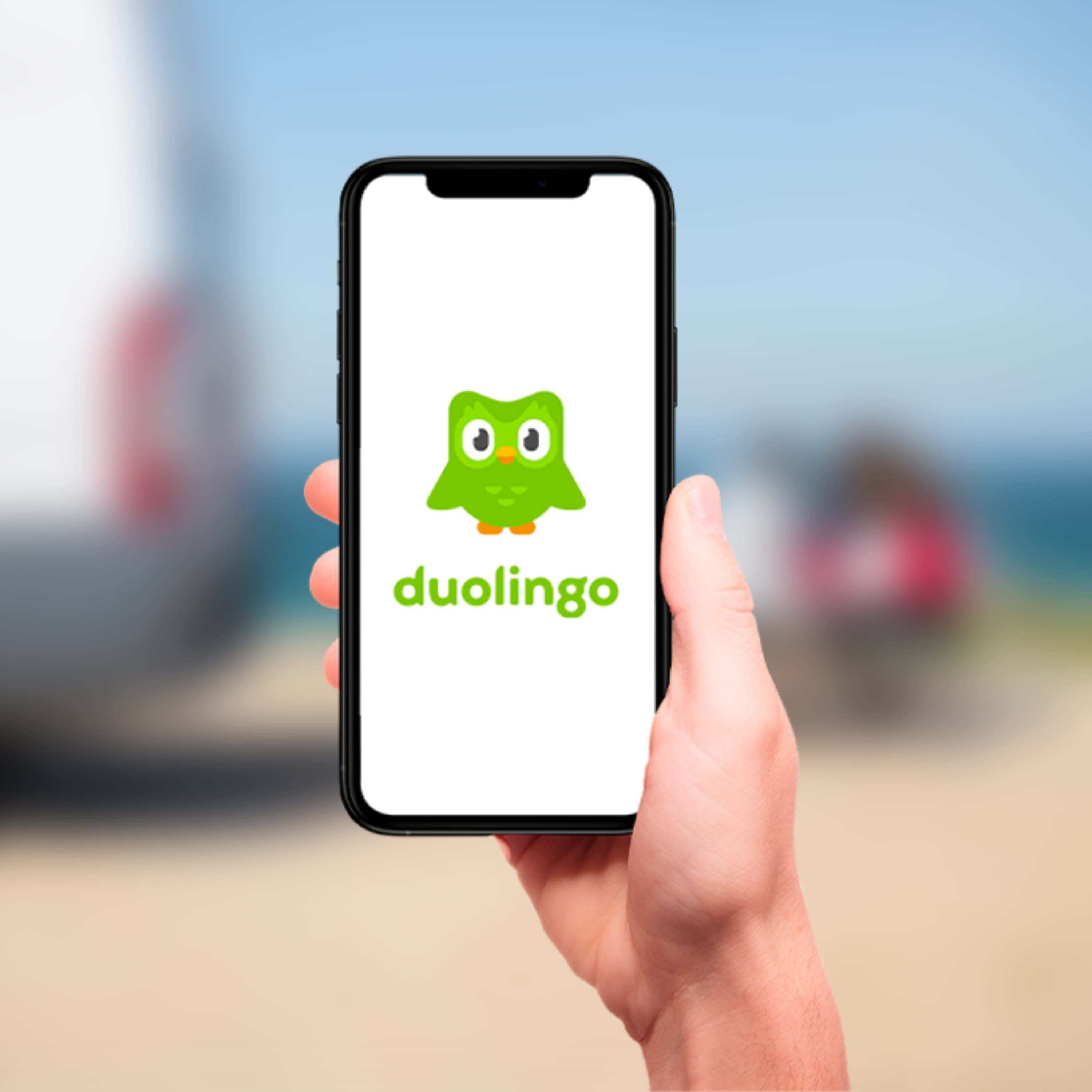Software Services
For Companies
For Developers
Products
Portfolio
Build With Us
Build With Us
Get Senior Engineers Straight To Your Inbox

Every month we send out our top new engineers in our network who are looking for work, be the first to get informed when top engineers become available

At Slashdev, we connect top-tier software engineers with innovative companies. Our network includes the most talented developers worldwide, carefully vetted to ensure exceptional quality and reliability.
Build With Us
How Duolingo’s Ingenious Gamification Skyrockets Language Learning Success/


Duolingo has gained immense popularity over the years, and one of the key reasons behind its success is its gamified design. As a developer, you might be wondering how the gamification of Duolingo works and what programming techniques and tools were used to create such a successful application. In this article, we will dive into the programming details of Duolingo’s gamified design and explore the techniques and tools used by the developers to make it a success.
Gamification Techniques

Gamification is the process of adding game-like elements to non-game environments to make them more engaging and motivating. Duolingo’s gamified design incorporates several gamification techniques that make language learning fun and addictive. Here are some of the gamification techniques used in Duolingo:
- Points and Levels: Duolingo uses a point system to motivate users to continue learning. Every time a user completes a lesson, they earn points that are displayed on a leaderboard. The leaderboard displays the top users for the day, week, and month. Duolingo also uses a level system to motivate users. As users earn more points, they level up and unlock new lessons.
- Badges and Rewards: Duolingo uses badges and rewards to motivate users to achieve their learning goals. For example, users earn a badge when they complete a lesson, and they can earn streaks and bonuses for completing lessons every day.
- Social Features: Duolingo’s gamified design also incorporates social features that allow users to compete and collaborate with their friends. Users can connect with their Facebook friends and compete on a leaderboard, or they can invite friends to join Duolingo and collaborate on lessons.
Programming Techniques and Tools
Duolingo’s gamified design is powered by a variety of programming techniques and tools that enable the application to function smoothly and efficiently. Here are some of the programming techniques and tools used in Duolingo:
- Agile Development: Duolingo uses the Agile development methodology to develop and maintain its application. Agile development is a software development methodology that emphasizes iterative development, collaboration, and customer satisfaction. Duolingo’s Agile development process allows the team to quickly respond to changes in user needs and feedback.
- Cloud Infrastructure: Duolingo’s gamified design is powered by a cloud infrastructure that allows the application to scale quickly and efficiently. Duolingo uses Amazon Web Services (AWS) to host its application, and AWS provides the scalability and reliability needed to handle the millions of users who use Duolingo every day.
- Mobile-first Design: Duolingo’s gamified design is optimized for mobile devices, and the application is designed to work seamlessly on both Android and iOS devices. The mobile-first design ensures that users can access Duolingo on the go and learn a new language whenever and wherever they want.
- Machine Learning: Duolingo uses machine learning to personalize the learning experience for each user. The application uses data from user interactions to determine each user’s strengths and weaknesses, and it adjusts the difficulty level of each lesson accordingly. Machine learning also allows Duolingo to predict which lessons users are most likely to struggle with and offer additional support and guidance.
Conclusion
Duolingo’s gamified design is a testament to the power of gamification in making learning fun and addictive. The application’s success is a result of the thoughtful and strategic use of gamification techniques and programming techniques and tools. As a developer, you can learn from Duolingo’s success and incorporate similar techniques and tools into your own applications to make them more engaging, motivating, and successful.

